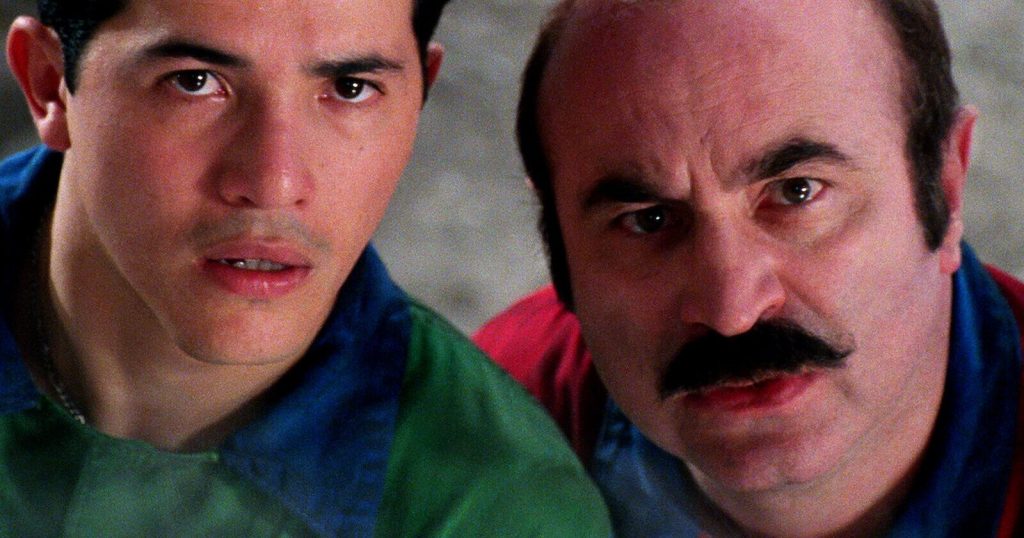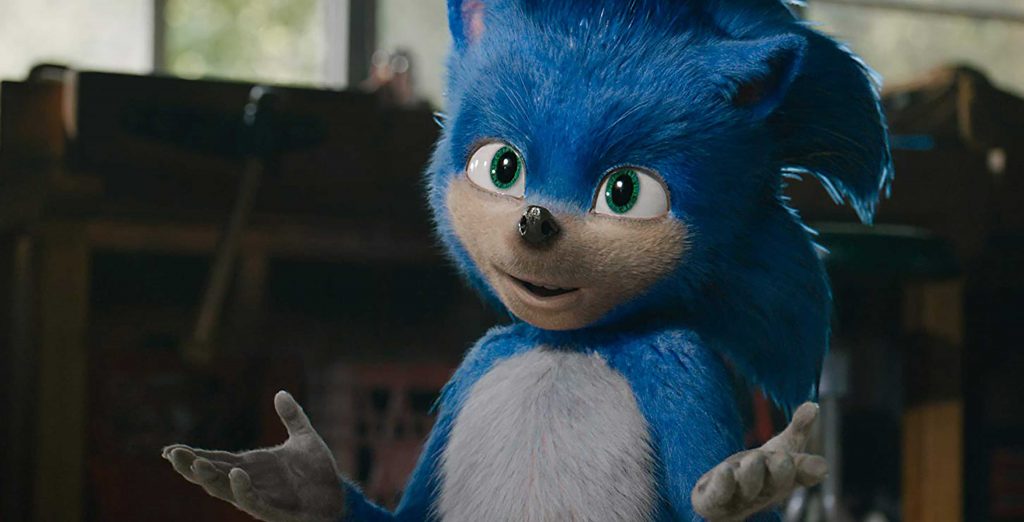Hollywood. Hollywood never changes. Studios conceived of cinematic universes to feed its lust for expanding revenue potential. Streaming services spent a fortune to legitimize star driven original content. Novels have reclaimed their footing within the broader IP harvest. Because Hollywood never changes.
This month, Prime Video’s Fallout became the latest in a hot streak of successful videogame adaptations. Together with The Super Mario Bros. Movie, HBO’s The Last of Us, Twisted Metal on Peacock and last October’s Five Nights at Freddy’s movie, it illustrated the diverse ways in which videogame properties can be successful if not commercially, then at least critically. Sure, we still have disappointments like the Halo TV series and the Gran Turismo movie, but its hard to deny the appreciable improvement of videogame-based productions from Hollywood.

One thing that has certainly changed over previous decades is the hands-on involvement from games companies. In the past, they’d let the highest bidder (or the executives with the best vibes) go hog wild with the IP. For example, it was Nintendo’s firm and unshaking belief in the strength of the Mario brand that permitted the massive liberties taken in 1993’s Super Mario Bros. The Resident Evil films overseen (and mostly directed) by schlock auteur Paul W.S. Anderson remain polarizing among fans of the Capcom franchise for their refusal to be held back by videogame canon.
Studios are beginning to understand that success can be found in creatives who refuse to be limited by devotion to the source material, but are able to preserve the essence and identity that makes it so appealing to the people who already love it. That’s not the case with 2016’s Warcraft, a straightforward retelling of the dense lore of Blizzard’s fantasy world that was difficult for audiences to connect with. 2022’s Uncharted on the other hand, featured versions of its popular treasure hunters so different from the ones established by the performances in the video games, they might as well be different characters.
Sure, both productions treat the material seriously, but being accessible to audiences and recognizable to its fans is equally important. Fortunately, that latter concern is being addressed. The Pokémon featured in 2019’s Detective Pikachu were recognizably the pocket monsters beloved by fans, even as they were being depicted for the first time in a three-dimensional live action space. At the end of the day, it’s just brand accuracy, but Hollywood has a history of trying to “correct” the look of iconic characters for the sake of some poorly defined cinematic verisimilitude.

The incident that speaks the most to this is the first trailer to Sonic the Hedgehog, which featured a version of the character sporting a weird toothy grin and unsettlingly human eyes on a weird fluffy man-child. The backlash from fans was powerful, dubbing it nightmare fuel and an abomination. The movie was delayed several months from 2019 into 2020. A more faithful design arrived with the final film, which opened to warm reviews and was appreciated by audiences. Now it’s a burgeoning film trilogy with a spin-off TV series.
That being said, faithfulness to the source material is its own form of artistic conservatism that can limit the appeal of these adaptations. While it can be argued that the very faithful Super Mario Bros. Movie was the ‘perfect’ adaptation, with its four quadrant family appeal, it remains one of many videogame movies that haven’t hit the box office highs of the superhero and comic book movie golden age. It could take awhile though. While movies like Spider-Man and Iron Man did gangbuster business, it wasn’t until 2012’s The Avengers that Marvel acquired huge event-sized turnouts for their films.
Part of that limitation is the surface ‘weirdness’ that is so intrinsic to videogame IPs and makes them such odd curios to non-gamers. That might explain the ease by which Fallout and The Last of Us have been embraced by audiences. They so closely resemble existing genres (the zombie dystopia road story and the post-apocalyptic sci-fi drama) that the premise buy-in is easier to attain. They also had an easier chance to find their audience if they came ‘free’ with a streaming service they were already subscribed to.

Fallout’s success is a combination of the above factors. Executive producers Lisa Joy and Jonathan Nolan worked closely with game director Todd Howard and narrative lead Emil Pagliarulo to break the story so that it connects with the games. It maintains the signature aesthetic of the games: a combination of retro-pop art kitsch and post-war industrial architecture. But it also refuses to be confined by the games by expanding on the lore, canonizing popular fan theories and giving reconsideration of the setting roots to provoke bigger, more topical themes.
And while it’d be foolish to pretend any of us can predict the future of video game adaptations with absolute certainty, the sea change can be felt. Netflix continues to aggressively pursue videogame IP, especially after disastrous results funding rock star nerd culture auteurs like Mark Millar and Zack Snyder. A new season of the League of Legends’ series Arcane arrives later this year and the streamer is developing projects based on Tomb Raider, Gears of War and Bioshock. Prime Video will partner with PlayStation to develop a God of War series and has of course, greenlit more Fallout.
That’s expected, and great news for Bethesda Game Studios and Microsoft Gaming. Thanks to the show, Fallout has seen a meteoric rise in sales, player engagement and presence on streaming platforms like Twitch. Not having a new game to capitalize on this success is unfortunate, but the brand has definitely been reinvigorated. And while these opportunities help to shore up videogame companies struggling with their own profit margins thanks to spiraling costs and executive mismanagement, they’ll last only as long as the quality remains to keep audiences around.



